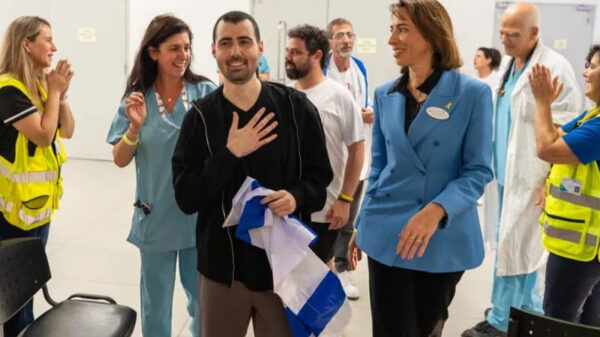Two recent studies from the Mount Sinai Medical Center have unveiled significant molecular differences between brain tissue collected from living individuals and that obtained post-mortem. This groundbreaking research, part of the Living Brain Project, represents one of the largest investigations into the biology of the living human brain to date.
The findings challenge long-held assumptions in neuroscience, highlighting the unique molecular signatures present in living brain tissue. Traditionally, research has predominantly focused on post-mortem samples, which, according to the authors, can obscure critical differences due to the changes that occur after death. This comprehensive analysis underscores the importance of studying living brain tissue to better understand its complex biology.
In the papers published on October 15, 2025, researchers employed advanced molecular techniques to analyze brain samples from a diverse group of living participants. The results indicate that living brain tissue exhibits distinct molecular characteristics that are not found in post-mortem samples. These differences could have significant implications for neurological research and the development of therapeutic strategies.
The Living Brain Project aims to enhance our understanding of brain function and its various disorders. By focusing on living samples, researchers hope to uncover insights that could lead to improved treatments for conditions such as Alzheimer’s disease, Parkinson’s disease, and other neurological disorders. The project emphasizes the necessity of in vivo studies, which provide a more accurate representation of brain biology.
Researchers involved in the project, including lead author Dr. David Kopell, have expressed optimism about the potential applications of these findings. “Understanding the molecular differences between living and deceased brain tissue is crucial for advancing our knowledge of brain function and pathology,” stated Dr. Kopell. This research not only opens new avenues for exploration but also highlights the necessity of reevaluating existing methodologies in neuroscience.
The implications of this research extend beyond mere academic interest. As we gain a clearer understanding of the molecular landscape of the living brain, the potential for developing targeted therapies increases significantly. The ability to identify specific molecular markers could lead to earlier diagnoses and more effective treatments for various neurological conditions.
In conclusion, the studies conducted by the Mount Sinai Medical Center represent a pivotal moment in the field of neuroscience. The revelation of distinct molecular differences lays a foundation for future research and offers hope for advancements in the treatment of brain disorders. As the Living Brain Project continues, the scientific community eagerly anticipates further insights that could reshape our understanding of the human brain.






































































